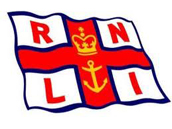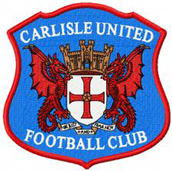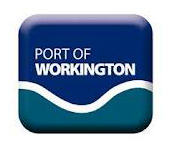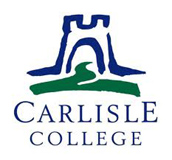- Home
- Scarrows
- Mariners
- Cumberland
- Miscellaneous
John Scarrow - Master Mariner of Whitehaven 1763-1769
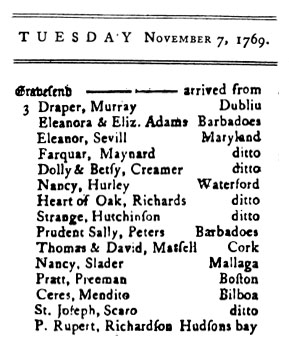 So far, we know only two facts relating to John Scarrow's occupation as a master mariner.
So far, we know only two facts relating to John Scarrow's occupation as a master mariner.
On the 11th July 1763, his daughter Martha was christened at Whitehaven St. Nicholas. Her father's occupation was stated to be a seaman.
In the Kentish Gazette in November 1769, a shipping movement was reported thus: Gravesend Nov 3rd 1769 passed by St. Joseph, Scarrow, from Bilboa. This was also stated by Lloyds List of the same week, shown on the left, however, the master’s name is misspelt Scaro.
Researching Mariners of the 18th Century
Researching a mariner's career before 1835 is far from easy, given the parcity of records. However, some information can be retrieved from the following sources:
1. Lloyds List
Lloyds List, available from 1741, lists movements and incidents for selected ports. There is also an index, but to the incidents only, not movements. The Lloyd’s List is available from the Guildhall Library in London, and also at various libraries across the country. There is a searchable, digitised version for the early years of Lloyds List available at www.hathitrust.org
2. Lloyd’s Register of Shipping
Lloyd’s Register of Shipping exists for years 1764, 1768, and then from 1775 onwards. It is available at the Guildhall Library in London, and again at various libraries across the country. As with Lloyds List, there is a searchable, digitised version for the early years available at www.hathitrust.org
3. Digitised Newspapers before 1800
Some pre-1800 newspapers published shipping movements. The digitised versions are the easiest to search, and the best source of these is the continuously expanding British Newspaper Archive.
4. Commisioned Sea Officers of the Royal Navy 1660-1815
It is possible that merchant seamen of this era also served in the Royal Navy, and there is a volume called Commisioned Sea Officers of the Royal Navy 1660-1815 at the National Maritime Museum which covers this period.
5. Port Books 1565-1799
The port books are locally-created records of customs duties paid on overseas trade between 1565 and 1799. Port Books are available at the National Archives for the period 1565-1799, in series E190. Most ports, however, had stopped compiling these by 1750 as they had been superceded by Register of Imports and Exports (see item below). Entries for Carlisle, 1687-1744 may cover the other Cumbrian ports. The National Archives publish a research guide to Port Books.
6. Register of Imports and Exports
The surviving records of Imports and Exports are held at the National Archives in class CUST 2 - 17 and CUST 22 - 37. However, only CUST 3 (Ledgers of Imports and Exports 1697-1780 - 80 volumes); CUST 14 (Ledgers of Imports and Exports Scotland 1755-1827 - 39 volumes) and CUST 15 (Ledgers of Imports and Exports Ireland 1698-1829 - 140 volumes) cover the 18th Century to any great degree.
7. Muster Rolls and Crew Lists before 1800
Muster Rolls and Crew lists prior to 1800 only survive for a few ports as follows:
Dartmouth (1770-1848)
Liverpool (1772-1850)
Plymouth (1761-1833)
Scarborough (1747-1765)
Shields* (1747-1793)
* Somewhat mysteriously, Shields is referred to as "Shields and other Northern ports".
These are held at the National Archives in series BT98, except for Scarborough, which can be found in CUST91/111 and CUST91/112. There is a research guide available for Crew Lists 1747-1860 which covers this period.

